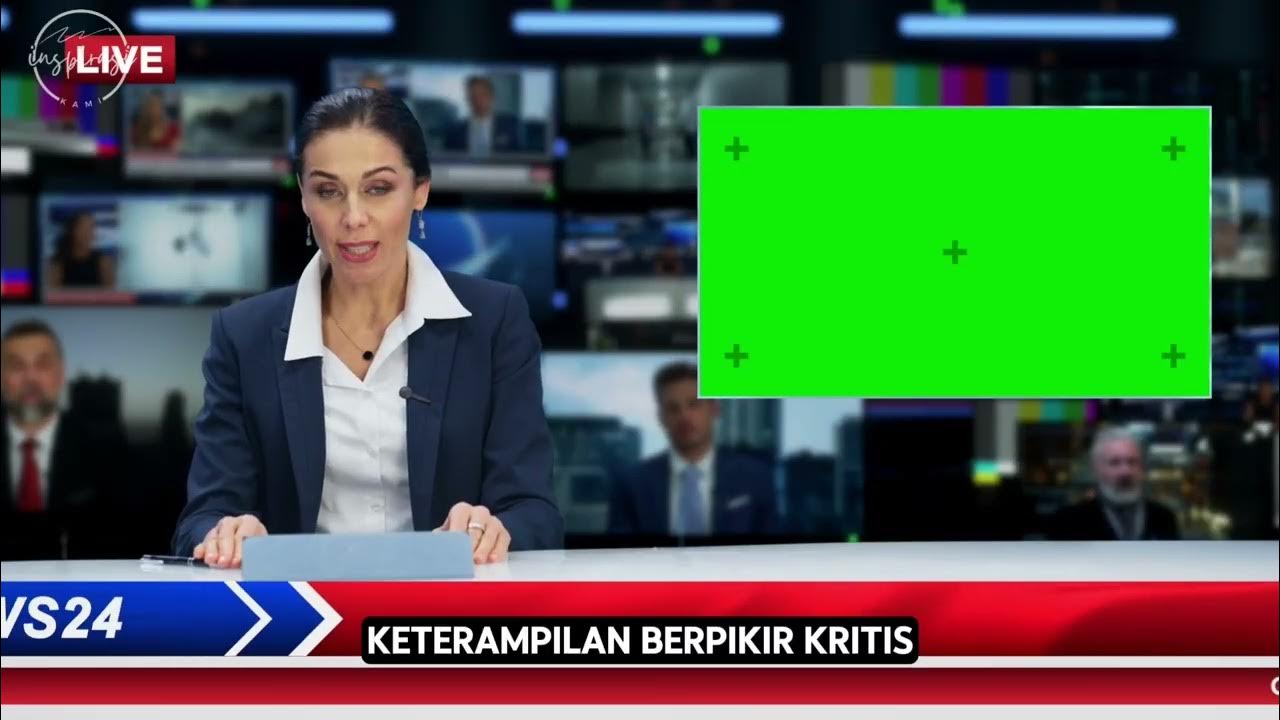Digital competences - Safety
Summary
TLDRThe video introduces key concepts of digital safety, emphasizing the importance of mastering digital competences in today's interconnected world. It covers essential topics such as cyber security, online risks, secure communication, and data protection. Key areas discussed include hacking, firewalls, password management, patch management, and various cyber threats like phishing, malware, and ransomware. The video also highlights data encryption, antivirus software, and the importance of implementing security policies. It concludes by stressing the need for cyber security awareness and employee training to mitigate risks and prevent breaches.
Takeaways
- 🛡️ Digital competences are essential for thriving in personal and professional life, with safety being a critical aspect.
- 🔒 Cybersecurity involves protecting systems, networks, and data from unauthorized access, theft, and damage.
- 💻 Firewalls monitor and control network traffic, preventing unauthorized access while allowing legitimate communication.
- 🔑 Strong passwords are a key defense against cyber threats and should include a mix of characters, numbers, and symbols.
- 🔐 Patch management is crucial for addressing vulnerabilities by regularly updating systems and applications.
- ⚠️ Cyber threats like phishing, malware, and ransomware pose serious risks to individuals and organizations.
- 🔗 The Internet of Things (IoT) can have vulnerabilities that attackers exploit for malicious purposes like surveillance or data theft.
- 🕵️♂️ Advanced Persistent Threats (APTs) are long-term, sophisticated attacks often aimed at espionage or sabotage.
- 🔏 Data encryption ensures privacy by converting readable data into ciphered text that only authorized parties can decrypt.
- 🛡️ Regular cybersecurity training, awareness, and policies help minimize risks of breaches and improve resistance to attacks.
Q & A
What are digital competences, and why are they important in today's world?
-Digital competences are the skills, knowledge, and abilities needed to use digital technologies in a conscious, effective, and safe way. They are important because they enable individuals to thrive in both personal and professional environments, ensuring safe and efficient use of technology.
What does digital safety encompass?
-Digital safety includes practices and knowledge aimed at protecting individuals and organizations from cyber threats and risks. It covers awareness of online risks, secure communication, data protection, and understanding cyber threats like hacking, phishing, and malware.
What is the purpose of cybersecurity, and what does it aim to protect?
-Cybersecurity aims to protect computer systems, networks, data, and programs from unauthorized access, alteration, or destruction. Its goal is to ensure the confidentiality, integrity, and availability of information.
What are some examples of common cyber threats?
-Common cyber threats include phishing attacks, malware (such as viruses, ransomware, and spyware), zero-day exploits, Internet of Things (IoT) vulnerabilities, and advanced persistent threats (APTs).
What is a firewall, and how does it contribute to network security?
-A firewall is a network security device or software that monitors and controls incoming and outgoing traffic based on predetermined rules. It helps prevent unauthorized access to or from a private network while allowing legitimate communication.
What are some key characteristics of a strong password?
-A strong password should be at least 12 characters long and contain a combination of uppercase and lowercase letters, numbers, and special characters. It should avoid easily guessable information like names or dates of birth.
Why is patch management important for cybersecurity?
-Patch management is crucial because it involves regularly updating software and systems to address known vulnerabilities and security weaknesses. This helps protect against cyber threats that could exploit these vulnerabilities.
What is data encryption, and why is it important?
-Data encryption is the process of converting readable data into an unintelligible form (ciphertext) using mathematical algorithms and encryption keys. It is important because it protects privacy by preventing unauthorized access to sensitive information.
How can individuals improve their online security?
-Individuals can improve online security by updating software regularly, using strong passwords, downloading software from safe sources, being cautious online, using encryption services, regularly backing up data, and monitoring their online activity.
Why is implementing security policies critical for organizations?
-Implementing security policies ensures that there are clear standards and procedures for protecting data and systems. This minimizes the risk of cyber attacks, data theft, and security breaches by defining who has access to system resources and how those resources are used.
Outlines

Этот раздел доступен только подписчикам платных тарифов. Пожалуйста, перейдите на платный тариф для доступа.
Перейти на платный тарифMindmap

Этот раздел доступен только подписчикам платных тарифов. Пожалуйста, перейдите на платный тариф для доступа.
Перейти на платный тарифKeywords

Этот раздел доступен только подписчикам платных тарифов. Пожалуйста, перейдите на платный тариф для доступа.
Перейти на платный тарифHighlights

Этот раздел доступен только подписчикам платных тарифов. Пожалуйста, перейдите на платный тариф для доступа.
Перейти на платный тарифTranscripts

Этот раздел доступен только подписчикам платных тарифов. Пожалуйста, перейдите на платный тариф для доступа.
Перейти на платный тарифПосмотреть больше похожих видео

Literasi Digital : Cakap Digital

Habilidades Digitales para un #Brillante quehacer docente

What Is Digital Marketing? | Digital Marketing Tutorial For Beginners | Edureka

Kenali 6 Literasi Dasar yang Perlu Dikuasai dan Manfaatnya

pentingnya literasi digital di era modern

Pengantar Sains Data 01 - Pendahuluan Sains Data & Big Data
5.0 / 5 (0 votes)
